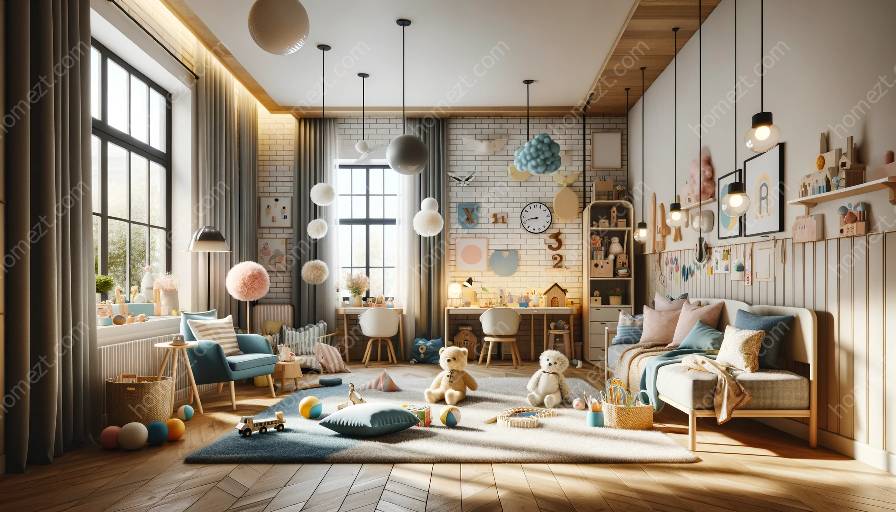Children's room design doesn't exist in a vacuum; it's profoundly impacted by cultural influences that shape its aesthetics and functionality. Understanding how different cultures influence the design of spaces for children can provide valuable insights for interior design and styling professionals.
1. The Influence of Cultural Aesthetics on Children's Room Design
Cultural aesthetics play a significant role in shaping the design of children's rooms. For example, in Scandinavian cultures, minimalism and simplicity are key design principles that often manifest in clean lines, neutral colors, and natural materials. This aesthetic preference extends to children's room design, where the focus is on creating serene and uncluttered spaces that promote a sense of calm and tranquility.
On the other hand, in countries such as India or Morocco, rich and vibrant colors, intricate patterns, and ornate details are central to the cultural aesthetic. As a result, children's rooms in these cultures are often adorned with colorful textiles, decorative elements, and handcrafted furnishings that reflect the cultural heritage and traditions.
2. Cultural Symbolism and Imagery in Children's Room Design
Cultural symbolism and imagery play a crucial role in defining the visual identity of children's rooms. For instance, in Chinese culture, the dragon is a revered symbol that represents strength, power, and good luck. In children's room design influenced by Chinese culture, dragon motifs and artwork may be incorporated to impart positive energy and auspiciousness.
Similarly, in Indigenous cultures, animals and nature hold profound symbolism, and these motifs are often integrated into children's room design to foster a connection with the natural world and instill a sense of respect for the environment.
3. Functional Considerations Shaped by Cultural Traditions
Besides aesthetics and symbolism, cultural traditions and practices also influence the functional aspects of children's room design. For instance, in Japanese culture, the concept of minimalism extends to organizational systems and storage solutions. This translates into the use of multi-functional furniture, such as futons that can be easily folded and stored, to optimize space in children's rooms.
Moreover, in Nordic cultures, the emphasis on outdoor activities and nature-inspired play informs the design of play areas within children's rooms. This may involve incorporating elements like indoor climbing walls or nature-themed decor to encourage active play and a connection to the natural world.
4. Fusion of Cultural Influences in Contemporary Children's Room Design
With globalization and multiculturalism becoming increasingly prominent, contemporary children's room design often reflects a fusion of diverse cultural influences. This fusion gives rise to eclectic and inclusive design approaches that celebrate the richness of different cultural heritages while catering to the evolving needs of modern families and children.
By embracing and integrating cultural diversity, interior design and styling professionals can create children's rooms that not only reflect the globalized world but also nurture a sense of openness, understanding, and appreciation for different cultures among the younger generation.


























